Leica recently introduced the Leica SL3-S mirrorless camera as a replacement for their highly regarded Leica SL2-S.
Marketed as the 'fastest Leica ever' by the German company, the Leica SL3-S is released as a sister model to the recently introduced 60 Megapixel Leica SL3, with the two cameras sharing the same camera body, menu and control system. However, the SL3-S features a newly developed 24 Megapixel backside illuminated sensor with the emphasis of the new camera being aimed primarily for speed of operation whilst using the camera for still images or video production.
Key Specifications
- 24 Megapixel BSI CMOS Full-Frame sensor with on-sensor phase detection
- Up to 30fps shooting
- IP54 weather sealed body
- 96 Megapixel Multi-shot high res mode
- 6K full-sensor 'open gate' video up to 30p
- Full-width 4K video up to 30p, 60p with APS-C crop
- ProRes 422 HQ internal capture, output to SSD and Raw over HDMI
- 'Camera-to-cloud' compatibility with Frame.io collaboration platform
- CAI Content Credentials authenticity metadata
New Autofocus
The Leica SL3-S has a completely new autofocus system featuring on-sensor phase detection autofocus, which improves dramatically the camera's ability to detect and track people (head/face/eyes) and animals when compared to the previous generation of camera. The Phase detection works in conjunction with the contrast AF and object detection AF featuring depth mapping to give a faster and more accurate focus, with the ability to lock on and track moving subjects with far more accuracy and speed.
Complimenting the cameras speedy new autofocus is the ability to shoot at up to 30fps with 12-bit Raw capture, whilst still using the camera’s tracking and subject recognition autofocus.
Connectivity
However, Leica have not just added speed to the headline specification of the SL3-S, as they have implemented improvements throughout the camera. Wi-Fi connectivity now offers 2x2 Mimo for parallel connections, allowing transfer speeds at up to eight times the speed of the SL2-S, with a new 40MB/s transfer allowing a DNG file to be sent in around half a second.
Multi-Shot Mode
Further improvements have been made to the SL3-S’s high resolution multi-shot mode. Whereas previously the camera had to be mounted onto a tripod to use this mode, with the SL3-S one has the choice of handheld or tripod mounted multi-shot. When using the handheld mode, the camera doesn’t have such an exact control of sensor movement as it does when tripod mounted, so the resulting image is slightly less detailed than the tripod mounted method but this still allows for handheld high resolution shots of 96mp resolution. Only if one wants to capture the finest amount of detail, then it is still best to use the multi-shot mode with a tripod.
There is also a sub-menu within the multi-shot mode to deal with how any motion within the scene is handled. On the SL2-S movement within a frame (during multi-shot mode) would result in ghosting (blur). However, with the SL3-S one has a menu choice of either combining shots to give blurred motion or by selecting a single frame to hide any in-shot motion. This still gives a high resolution image only with lower detail in the areas of movement (within the shot). Finally, the combination of multiple shots in camera gives a noise performance boost to the final image, rather than the requirement of downloading to a desktop (and edit) to achieve this.

Interface
As with the 60mp Leica SL3-S, the newly designed and well structured menu system allows one to switch seamlessly between photo and video modes. The interface is fully customisable and with a multitude of connectivity options the SL3-S gives maximum flexibility.
Sensor & ISO
The 24-megapixel BSI CMOS full frame sensor is newly developed from the previous generation of camera, and features improved dynamic range and low light performance. The native ISO range now extends from a low of 100 to an incredible high of 200,000, with an extendable low of ISO 50.
Another new feature of the camera is what is called a ‘dual base ISO system’ which helps to maximise dynamic range. Dual base ISO means that the SL3-S’s sensor has a two distinct ISO circuits (and therefore sensitivities) to light - one circuit for low ISO values at higher light levels and a secondary circuit for higher ISO values in lowlight. Although beneficial for still shooters, this feature is aimed more at the video user and will allow L-log users to record video at low and high ISO values whilst sharing similar performance and quality, therefore maximising dynamic range and maintaining low noise levels during the recording regardless of the ISO value used.

Video
The SL3-S’s improved video capabilities make it a powerful workhorse for the professional film maker. 6K recording in RAW format via HDMI is now possible allowing for the recording of the finest detail, and because the framing of video is as important as the look, open gate (OG) recording in the 3:2 profile allows the entire sensor range to be used (rather than the classic 16:9 format), allowing increased flexibility during editing.
Internal recording is offered at C6K or C4K in ProRes and there are no time limits to recording in these modes, with your only constraints being storage and power. However, continuous power to the camera can be supplied via usb c connectivity and storage either by CFExpress B cards or the more affordable high capacity SSD’s. The new button/dial to the left of the Electronic Viewfinder (EVF) allows for Timecode synchronisation for video where one can synchronise image and external recording to match.
Maestro Processor & Image Stabilisation
The SL3-S is powered by Leica’s latest Maestro IV processor with 8GB of buffer. As well as a performance boost in processing power the inclusion of the Maestro IV processor enables one to download the new Leica Looks directly to the camera via the Leica Fotos App.
The SL3-S features 5-axis image stabilisation which offers up to 5 stops of compensation and allows handheld shots of up to half a second as well as benefits for handheld filming (of video). The camera features a hybrid shutter allowing shutter speeds of 30 minutes to 1/8000 second with the mechanical shutter and 60 seconds to 1/16000 second with the electronic shutter, with flash synchronisation available up to 1/200 second.
Tiltable Screen
Another new feature of the SL3-S is the addition of a two-way 3.2 inch tilting rear screen with 2.3 million dot resolution. On the camera top plate is an additional 1.28-inch monochrome top LCD showing the quick access settings and the electronic viewfinder retains the excellent 5.76M-dot resolution with refresh rates of up to 120 frames per second that provides a wonderful viewing experience no matter what the lighting conditions are.
Content Authenticity
As with the latest Leica M11p and M11D cameras Leica has introduced Content Authenticity Initiative (CAI) with the SL3-S, enabling users to protect valuable work with tamper-proof metadata embodied within the profile of each image.
And for 2025 Leica is promising the integration of Camera to Cloud technology allowing users to share data directly from the (shooting) set with third parties for instant consultation or editing elsewhere. Tethered shooting is also available for Capture One users.
A New Look
The new Leica SL3-S shares the familiar look of the previous generation model, but the camera itself has been redesigned to improve the ergonomics and operating experience. The controls are now easier to handle whilst looking through the EVF, so when shooting in manual mode one uses the index finger to adjust shutter speeds with the top right dial, and Leica have adjusted the position of the thumb dial on the back right of the camera making it easier to adjust the lens aperture. The large new top left dial is used to control ISO, and when the ISO is set to manual, one can toggle between manual and auto ISO by spinning the ISO dial past its lowest setting of 50, which then brings top the option of Auto ISO, which one can confirm either on the joystick or rear dial. Another new feature is the illuminated power button to the left of the EVF. This clever design tells one so much information - so much more than the conventional designed on/off button of the previous model. Now we have a push button switch, with an illuminated outer ring that changes colour to show the cameras status. In normal use the switch illuminates white, when showing an error the ring glows red, and during charging the ring glows a flashing green that turns into a constant green once the battery is fully charged.
Overall, with the redesigned grip and slightly smaller camera body, the camera does feel more comfortable to hold in the hand, with the changes made all helping to make the camera more intuitive to use and control.
Testing the Camera
I have been out using the Leica Manchester demo SL3-S camera whenever I can, and can report back that in use the Leica SL3-S is every bit as fast and refined as Leica state. The camera responds instantly on start up and use, and the touchscreen responds instantly to one’s input. The new Autofocus is vastly improved over the previous generation of camera, with the tracking and eye detection clearly benefiting from the introduction of Leica’s on sensor phase detection (autofocus) system. The camera can recognise and track people effectively, locking on to a subject with a green outlined box, and giving the choice of selecting a different subject to track with the adjacent yellow boxes within the frame. From here one can change to another subject by moving the direction arrow via the rear joystick, again with the box turning green once confirmation is confirmed via pressing the rear joystick.
The various Autofocus options are easily selected from the autofocus sub-menu which is found on the Q-menu screen (quick menu), where one has the choice of multi-field, spot, field and zone focus options. These can also be accessed by setting a single custom function button to select AF mode, making change of focus mode a one-step and one-finger operation. Another feature that I’ve discovered during use which is worth mentioning here is that I have also chosen a custom function button set to re-centre the AF point. Unfortunately, with the SL3-S, clicking the joystick inwards doesn’t re-centre the autofocus point, yet by programming this to a dedicated function button will allow quick and speedy re-centering of the AF point whenever it’s required.

Conclusion
The new Leica SL3-S builds upon the success of the previous generation SL2-S camera whilst at the same time offering something unique in its specification and build quality compared to the more mainstream brands. With the inclusion of the new Maestro IV processor, the improvements in autofocus capability, dynamic range, weather sealing to ip54 specification and a host of new video-centric features, the SL3-S advanced capabilities offer impressive results. Whether you chose to use it as a still camera, video camera or a combination of the both, the flexibility of being able to use Leica’s excellent dedicated SL autofocus lenses, next to the manual focus Leica M and R system lenses (via Leica’s own adapter) allow the SL3-S user to build a system around the camera that best suits there needs, from modern autofocus lenses to one with vintage manual focus Leica glass. Plus with the Leica SL3-S being part of the L-Alliance, users can chose to use lenses not just from Leica but any of the L-Alliance brands - including the excellent L-mount lenses from Sigma and Panasonic.
The Leica SL3-S is available to buy now from Leica Store Manchester.
Please get in touch for further information or if you wish to come and test drive the camera for yourself.





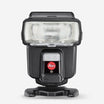


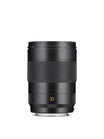



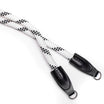
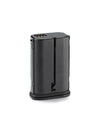
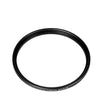
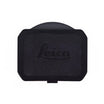
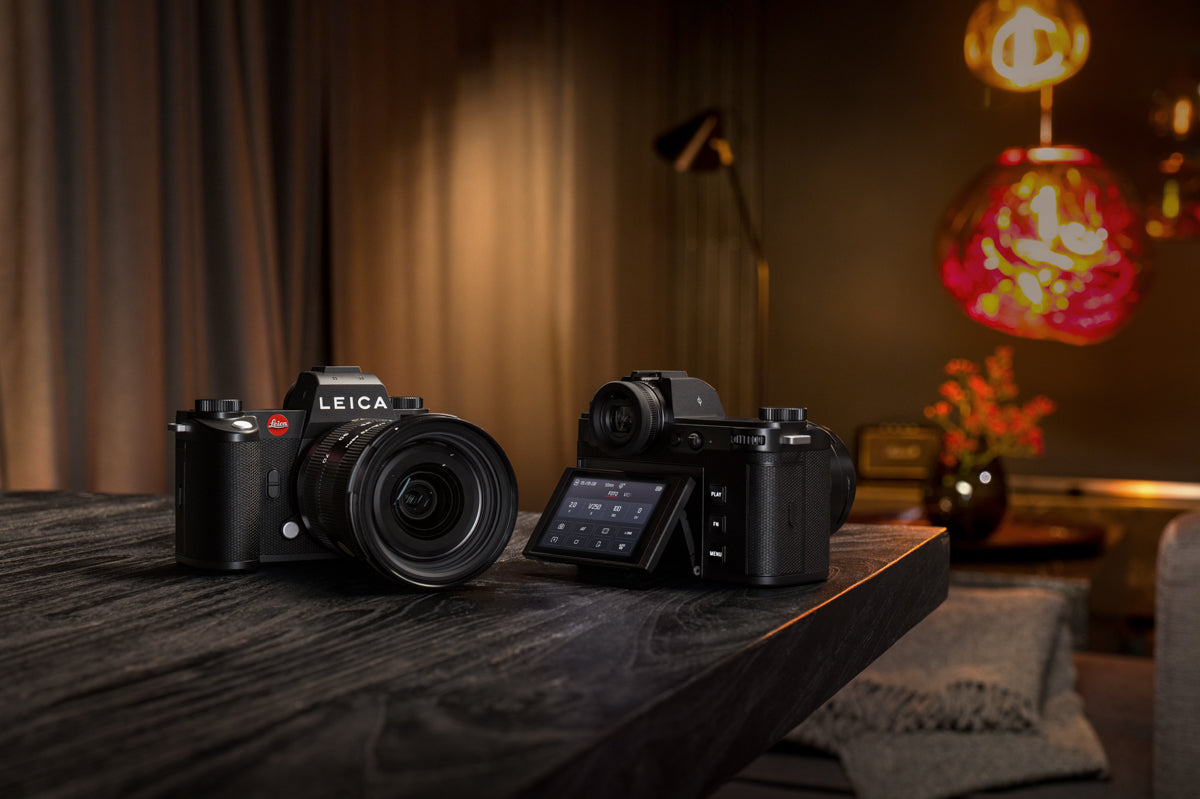
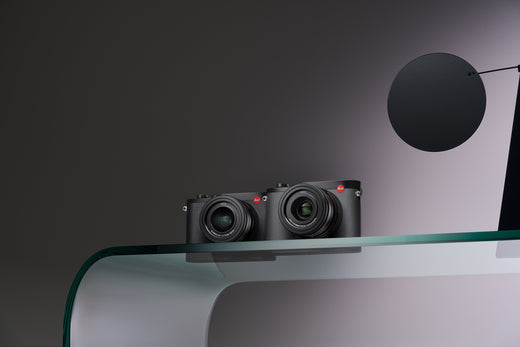
1 comment
John Pattison
Superb review Stuart, now what can I trade in for this one?
😃
John
Leave a comment
This site is protected by hCaptcha and the hCaptcha Privacy Policy and Terms of Service apply.